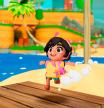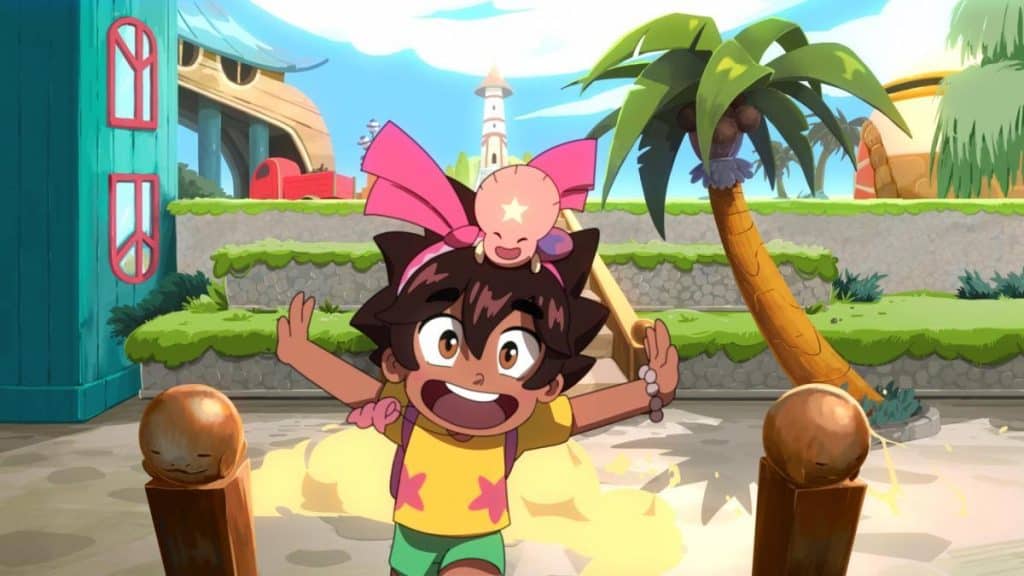Video game development requires large amounts of money. Among the different options to finance a production, independent studios usually opt for collective financing, also known as crowdfunding. In Spain, there is a studio that has specialized in these crowdfunding campaigns and has had great success in its latest projects. It is Chibig Studio, a Valencian company that in the last year has financed two of its video games with this method, through which it has managed to raise more than a million dollars.
At the end of March, Chibig finished the campaign for his video game Mika and the Witch’s Mountain with the contribution of more than 24,000 patrons. The project raised a total of 1,300,368 euros, making it the most successful Spanish video game on the Kickstarter platform. On June 3, he obtained almost 283,000 euros for his next production, Koa and the Five Pirates of Mara, which he develops with the Catalan studios Talpa Games and Undercoders.
The ‘Mika’ campaign exceeded the initial objective by 3,200%
“The truth is that we did not even remotely expect the success of these last two campaigns”, comments Irina Moreno, PR and Social Media Manager at Chibig. In both cases, from the study they had expectations of meeting the initial objectives proposed. However, they had not foreseen that campaigns like Mika’s would get 3,200% more funding than the 40,000 euros that they had set as a goal.
After five crowdfunding projects, the studio has developed different strategies to raise the necessary money for its video games. “What you have to do, however, is get new people to trust the project and support it financially,” explains Moreno. Among the keys to their success are significant forward planning and the ability to adapt to sudden growth. In the same way, they recommend knowing the tools provided by patronage platforms and working on social networks. All this, with the aim of “giving visibility to your campaign during the days it lasts”.
From Chibig they have replicated the campaign actions for their latest video games in practically the same way. Even with this, with Koa’s crowdfunding they have realized that “not all projects can raise a million euros”. In this sense, they indicate that it is important to know the moment in which patronage campaigns begin and take into account aspects such as seasonality. “You also have to be very aware of the type of product you have,” says Moreno.
As they explain from the study, the campaigns usually repeat the same pattern. In the first days the bulk of donations accumulates and, usually, the financial objective is achieved. Then comes what is nicknamed “the valley”. As Moreno explains, “it is when the graph plummets and keeps scratching the ground for 25 days.” In Chibig they recommend paying close attention to this period of time so that the collection does not stagnate.
Read also Albert Garcia

As of today, Chibig Studio is physically located in Valencia and is made up of 15 workers. Their crowdfunding campaigns represent a necessary financial support that, together with the sales of their old productions, serve to finance all kinds of activities: from the development of the videogames themselves, to their translations into different languages.
As they explain, crowdfunding is “one of the few options you have to survive over time. Agreements with editors or publishers are the main alternative. However, it is an option that usually “reduces creativity or freedom from the study to make the play whatever you want.”
At the moment, Chibig’s campaigns are reaping success “to throw confetti”. Consequently, it seems that its future will continue to be far from private financing and will depend on the financial support of users. As Moreno concludes, “Right now, between the Kickstarters and what we get out of our games, we can sustain ourselves well, so we’re going to continue with that model.”
read also


